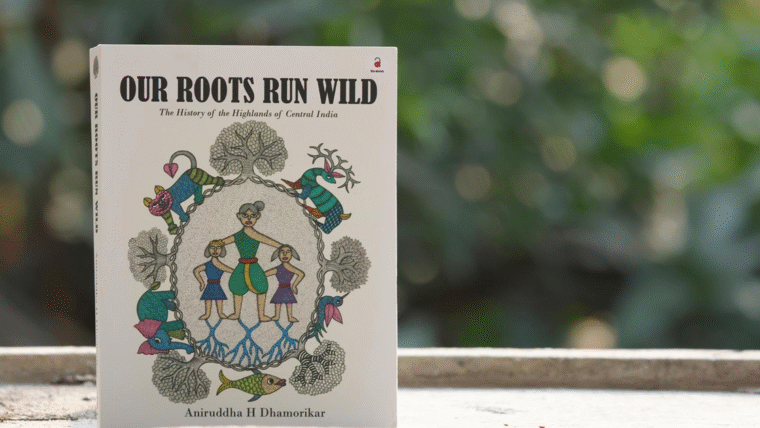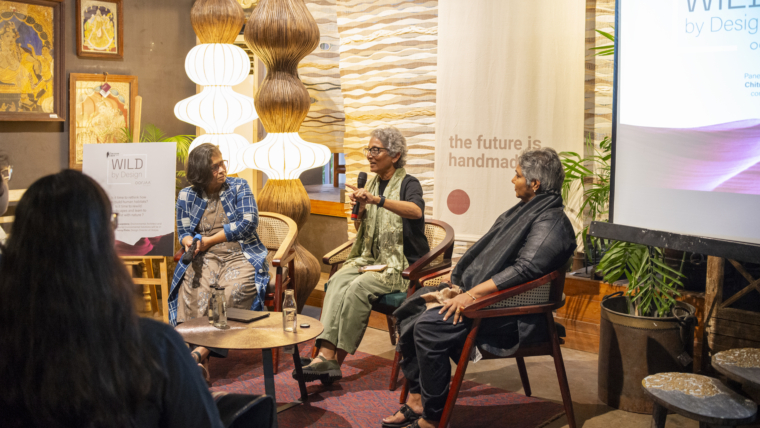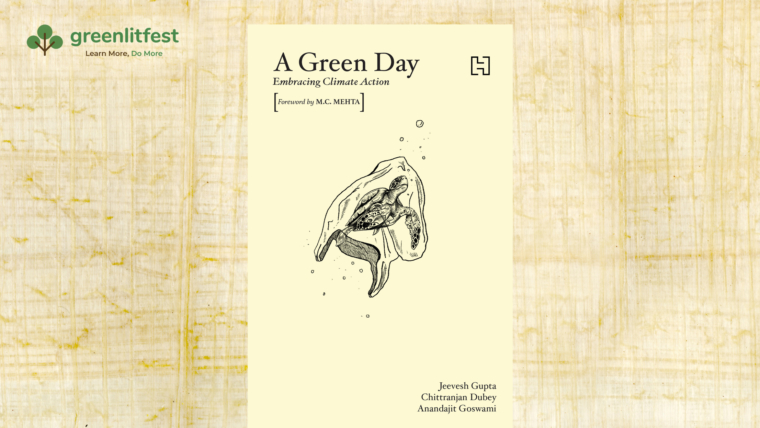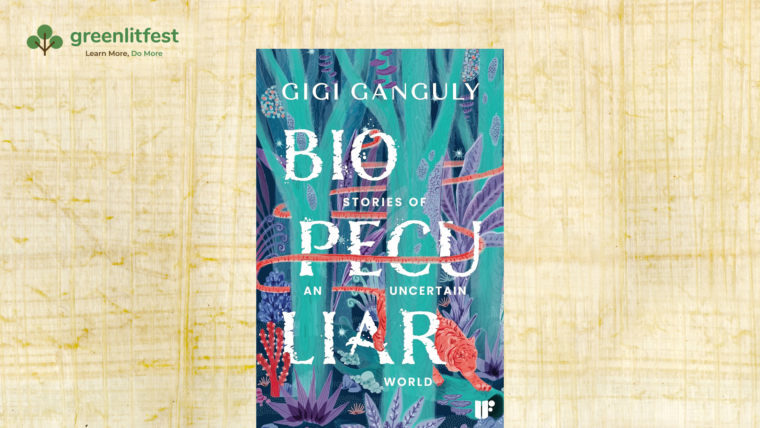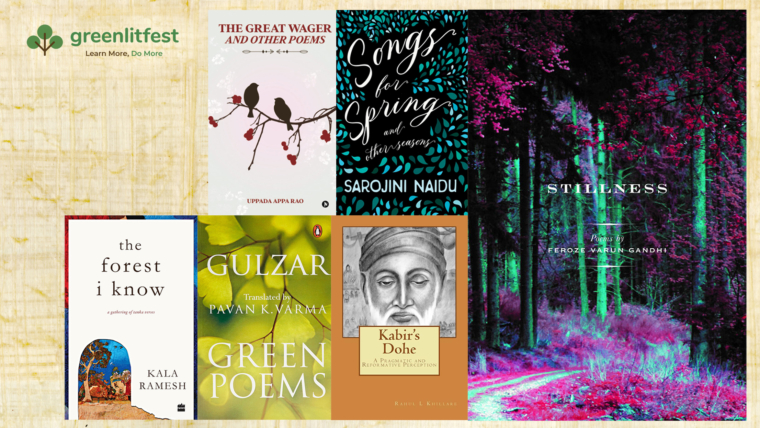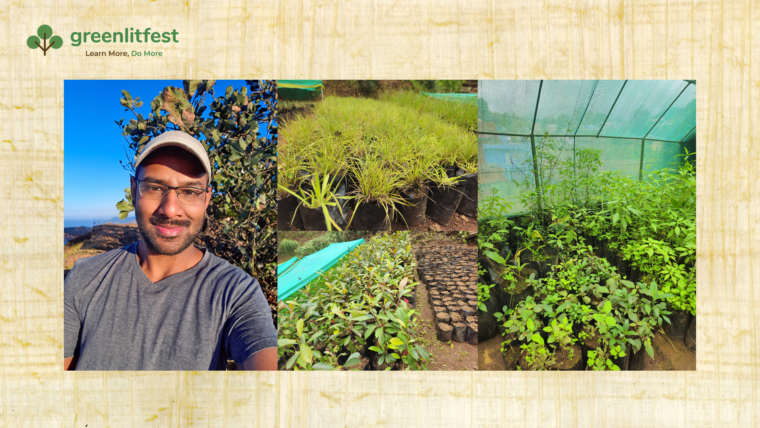Mukul Sharma is a professor of environmental studies at Ashoka University in Sonepat, Haryana. His book Dalit Ecologies: Caste and Environment Justice (2024), which is a sequel to his work Caste and Nature: Dalits and Indian Environmental Politics (2017), is shortlisted for the Green Honour Book Awards in the Fiction/Non-fiction category. Published by Cambridge University Press, it draws attention to the erasure of caste from the mainstream environmental justice discourse in India and champions Dalit perspectives to challenge “eco-casteism”. In this interview, he discusses his academic research as well as his pedagogic practice in detail.



